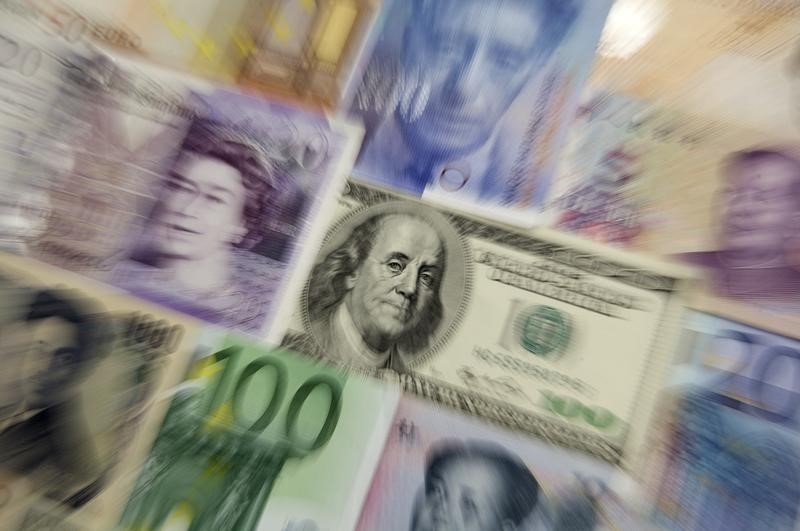By Paulina Duran
SYDNEY, March 1 (Reuters) - The Australian and New Zealand dollars recovered against the greenback on Monday after riskier currencies plunged late last week amid a global bond market sell-off.
The Aussie dollar AUD= was 0.69% higher at $0.7759, but still well bellow a three-year high of $0.8007 hit on Feb. 25.
The Kiwi dollar NZD= was 0.66% higher at $0.7273 but off the $0.7464 level also hit on Feb. 25, which was its highest since August 2017.
The Australian and New Zealand currencies had been climbing in recent months due to a combination of buoyant commodity prices, as well as a recovery in their domestic economies and housing markets from the COVID-19 crisis.
But optimism about a global economic recovery, buoyed by unprecedented fiscal and monetary stimulus, has fuelled concerns about inflation and monetary tightening, sending global bond yields rising and weighing on riskier currencies. number of Australia's states have snapped back from last year's lockdown-driven recession and are growing at an above-trend pace... with the vaccination rollout now underway, the path to normalisation is looking more assured," said Richard Yetsenga, chief economist at ANZ.
Australian debt, tracking a sell-off in global bond markets last week, also rebounded from some of the biggest price declines in years seen on Friday.
Yields on 10-year Australian bonds AU10YT=RR eased 11 basis points to 1.64% after hitting 1.97% on Friday, the highest since May 2019 and up from under 1% in early January.
"Despite rapidly improving nominal growth prospects, central banks are holding firm on commitments to maintain highly accommodative policy," Yetsenga added. "The AUD and NZD have been key beneficiaries of this trade, so far."
New Zealand's central bank governor reiterated on Friday that the bank will maintain its current easy policy settings for a prolonged period, saying it was prudent to be patient. by Ana Nicolaci da Costa)
